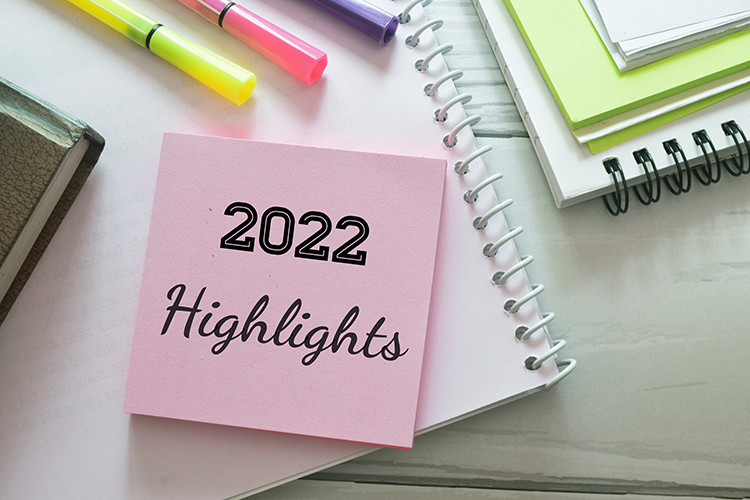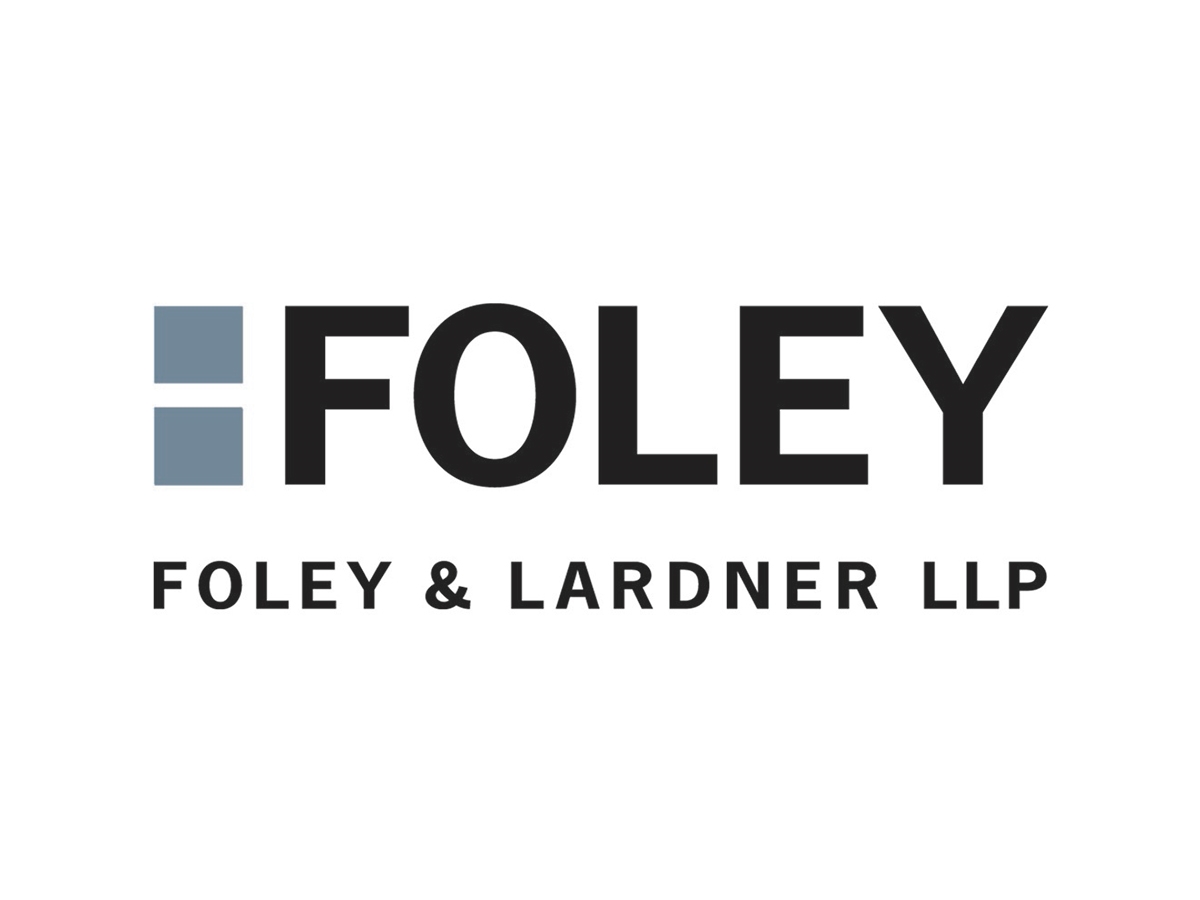Kicking off the New Year with the IP Community’s Wildest Dreams
Anyone who’s read The Secret knows that the way to manifest your dreams is to visualize them, and then put them out into the world, as if they are already reality—so we at IPWatchdog want to help facilitate this process once again with our IP Wishes roundup, where practitioners and other IP stakeholders throw all likelihood out the window and tell us what their craziest dreams for the perfect IP world are.
Happy dreaming, and HAPPY NEW YEAR!!
 Alden Abbott
Alden Abbott
Former FTC General Counsel; Senior Research Fellow
Mercatus Center at George Mason University
I wish that Congress (perhaps inspired by the bipartisan strong patent coalition led by Judge Paul Michel and former USPTO Directors Andrei Iancu and David Kappos) would enact (1) legislation to overturn the Supreme Court’s eBay holding by restoring the general presumption that all patentees are entitled to injunctions when they prove infringement; and (2) legislation to eliminate the harmful non-textual limitations on section 101 patentable subject matter created by the U.S. Supreme Court over the last decade. If I wish long enough and hard enough, I hope eventually to be proved right, if not next year, then in the not too distant future.
Alesha Dominique
Partner
Stroock
In my wildest dreams, there will be greater clarity on what constitutes an “expressive work” entitled to First Amendment protection from trademark infringement claims by the end of 2023. Set forth by the Second Circuit in 1989, courts that have adopted the Rogers test apply a heightened standard for liability under the Lanham Act for use of another’s mark in an expressive work. In the three decades since, the Ninth Circuit has taken an expansive approach by applying Rogers beyond traditionally expressive works, like art and movies, to commercial products, such as dog toys, while other courts have taken different approaches to addressing the tensions between the First Amendment and trademark rights. As a result, the contours of expressiveness and First Amendment protections remain widely contested. One contemporaneous example of this is the Vans, Inc. v. MSCHF Prod. Studio, Inc. case currently on appeal to the Second Circuit, where MSCHF characterized its “Wavy Baby” shoes resembling Vans’ “Old Skool” shoes as art. We will all be looking to the Supreme Court’s decision in Jack Daniel’s Props., Inc. v. VIP Prods. LLC, No. 22-148, which may make this dream come true.
Marla Grossman
Partner
American Continental Group
I was heartened by the USPTO’s participation in the 40th Trilateral Conference in October in North Carolina. Thus, my wish for 2023 is that the USPTO continue its work with other global intellectual property offices on cooperative agreements to standardize application and digitization processes. Helping smaller intellectual property offices adopt the approaches and technologies that the USPTO uses will promote the use of the intellectual property systems and support innovation throughout the world.
Kyle Graves
Counsel
Snell & Wilmer
In a flash of jurisprudential genius, the Supreme Court will banish Alice v. CLS Bank far from the land, allowing 35 U.S.C. § 101, 35 U.S.C. § 102, and 35 U.S.C. § 103 to stand tall as three proud soldiers guarding the gates of patentability, no longer a miasmic emanation shadowing patentees in a penumbra of fear and uncertainty. When Patent Santa reduces this gift to practice, the U.S.A. will once again “promote progress of science and useful arts, by securing for limited times to authors and inventors the exclusive right to their respective writings and discoveries.”
I would also like to use color drawings in Patent Cooperation Treaty applications, but that is a request for Patent Belsnickel.

Associate
Finnegan
Like many others, U.S. patent eligibility is on my wish list. But I hope Santa makes some extra stops this year.
The USPTO applies one version of the test. Unlike the courts, which compare claim elements to earlier cases, examiners need only identify whether a claim recites elements that fall within certain “groupings of abstract ideas.” District court invalidity rates vary wildly, and the Federal Circuit’s panels contradict each other frequently. Clarity could come this year in the form of a Supreme Court decision in Interactive Wearables v. Polar Electro. Senator Tillis’ Patent Eligibility Restoration Act (S.4734) would certainly shake things up, but as others have noted, it could make things worse.
Last summer, the Canadian Federal Court threw out the Canadian Intellectual Property Office’s “problem-solution” approach to eligibility. The Office has since appealed that decision and has not yet provided a revised version of its guidance. The appeal could lead to new guidance, once decided.
Finally, in Australia, there was a glimmer of hope from Aristocrat Technologies Australia Pty Ltd v Commissioner of Patents. The case was expected to provide some clarity in the software space. One of the seven judges on the High Court, however, fell ill and was not able to take part in the hearing or decision. The court was evenly divided on whether the claimed invention provided a technical contribution to the art. The appeal was dismissed without any established precedent.
Efrat Kasznik
Efrat Kasznik
President
Foresight Valuation Group
I would like to see more focus by the IP community, regulators and accounting standard-setters to fully integrate IP assets with mainstream accounting and business reporting. Not only are IP assets still missing from corporate balance sheets as we enter 2023, but at the very basic level there is no common business vocabulary, there is lack of transparency as to asset values and there is no clear connection to the profit bottom line. In that regard, initiatives like the Licensing Executives Society (LES) standard related to Intellectual Capital (IC) in the Boardroom, which was recently certified by American National Standards Board (ANSI), is a much needed step in the right direction. The LES standard lays out a simple five-step process and key principles enabling board directors to oversee strategic IC-management objectives for any organization. I would like to see more standards, including mandatory disclosure standards set by regulators. This may not happen in 2023 but the IP community seems ready to move in this direction.
Steve Kunin
Partner
Maier & Maier
In my wildest dreams I would like to see the international community come to an agreement on substantive patent law harmonization. In such dreams, the harmonization of patent laws would provide a vehicle for patent law reforms in the U.S. that are the most vexing today.
Elias Larson
Associate
Polsinelli
My IP wish would be clarity from the courts and/or statutory clarification for subject matter (101) with regards to software applications and obviousness (103) for mechanical applications. Rejections under these sections have become entirely subjective, and success of the application becoming a patent have become entirely dependent on what the Examiner feels should be patentable.
Daryl Lim
H. Laddie Montague Jr. Chair in Law and Associate Dean for Research and Innovation
Penn State Dickinson Law
The United States needs a coherent, focused, and long-term national IP strategy. That strategy should cover four key areas – 1) enhancing national security and competitiveness, 2) ensuring how we encourage entrepreneurship and settle disputes remains fit for purpose, 3) fostering inclusive innovation, and 4) building a wellspring of strategic trust and effective means of coordination through coalitions and alliances.
To succeed, a national IP strategy will require bipartisan support undergirded by informed decision-making and a détente between groups focused on short-term sectarian interests. IP advocates must engage players whose incentives favor weak IP rights and convince them that undermining those rights cedes a key geostrategic advantage to its foreign rivals. Strong foreign policies begin at home. Like the benefits of free trade and globalization, IP has lost favor with many in the very nation that boldly championed them decades ago. Women, racial, and other traditionally neglected groups need to become IP’s champions, engage in its evolution, and in so doing, help ensure its longevity. The time for a national conversation on how IP can help America remain the leading voice in a multipolar world is now.
Nick Matich
Principal
McKool Smith
One patent wish that I have for 2023 is clarity on the fate of big patent verdicts from 2022. There have been a number of large verdicts in 2022 that will either stand or fall in the New Year. Patent mega-verdicts can give defendants pause about continuing to litigate and patent owners a reason to turn down license offers that they might otherwise accept. Their effects may not always show up directly in the courtroom or license agreements, but they’re important nonetheless. Resolutions on these verdicts will help clients and counsel navigate IP disputes in 2023 and beyond.

Partner, Chair PTAB Group
Ropes & Gray
I wish the U.S. District Court for the District of Hawaii became the next Western District of Texas (WDTX). Sorry, Waco….but there are just too many venue options in the U.S. right now, and centralizing it all to Hawaii just makes sense. You don’t see the CAFC in multiple geographic locations, do you? People don’t seem to have a hard time going to one, centralized court. And…and!! Hawaii is closer to China, Korea, Japan, and California. Hello??…where are the bulk of the inventors coming from these days!? It’s really a no-brainer. Mele Kalikimaka!
Karthika Perumal
Partner
Womble Bond Dickinson
Passing of the Patent Eligibility Restoration Act under the leadership of Sens. Thom Tillis, R-N.C., and Chris Coons, D-Del.

Partner
Hunton Andrews Kurth LLP
These “wild dreams” could provide benefits to the IP community and stakeholders:
- More Fee Shifting in Patent Litigation
The Supreme Court previously lowered the standard for attorney fees in patent cases under 35 U.S.C. § 285, allowing awards where a case “stands out from others” based on the strength of a party’s litigating position (considering both the law and facts) or “the unreasonable manner in which the case was litigated.” Octane Fitness v. ICON Health & Fitness, 572 U.S. 545, 554 (2014). However, weak patent infringement claims and unreasonable defenses still occur too often at too great an expense. A “loser pays” or another way to shift fees more often to the prevailing party would help eliminate such claims and defenses.
- More Deference in Patent Prosecution Highway (PPH) Like What Was Intended
Patent Prosecution Highway (PPH) alliances between countries, intended to accelerate processing and reduce duplication of effort where a country of second patent filing accepts and relies on allowed claims from a country of first filing, date back to 2006. But in practice, many examiners in the country of second filing are not accepting already-allowed claims, instead rejecting them over prior art overcome in the country of first filing. A more robust PPH system of alliances requiring deference would greatly reduce fees and expenses in foreign patent prosecution.
Manita Rawat
Partner
Morgan Lewis
My patent wish for 2023 is to see more patent application filings for technology involving artificial intelligence (AI), and that my team and I are drafting them! Technology involving AI is increasing at a fast rate in various areas, from retail and eCommerce to autonomous vehicles. We are even seeing AI being used for medical diagnoses, such as for cancer and covid. The global AI market is estimated to reach over $400 billion by 2028. In conjunction with the market growth for AI, the number of patent filings for AI technology has also increased. We are seeing these patent filings primarily in the FinTech, biology and pharma, clean/green technology and automotive industries. The number of patents issued by the U.S. Patent and Trademark Office for AI technologies has increased during the past five years, with more than 15,000 AI-related patents being issued this past year alone. Thus, AI advancements will continue to expand, and we should see a continuation of this trend with respect to patent filings. This information is exciting for us patent attorneys and we hope to be busy working on these patent applications in 2023!
Howard Shire
Partner
Troutman Pepper
I would like to see clarity on IP issues concerning NFTs. For example, I would like to see resolution of the Nike v. StockX case in a manner that provides guidance as to when one party can use another party’s trademark in connection with NFTs. StockX has minted NFTs using Nike’s trademarks to, it claims, track the ownership of genuine, physical Nike products. Are consumers likely to mistakenly believe that these NFTs come from Nike, the trademark owner, or is StockX permitted to sell these NFTs in order to track ownership of physical products which it is entitled to sell under the first sale doctrine? Is StockX, as it claims, merely using the NFTs with images of genuine, physical Nike products to advertise their sale, just as a brick-and-mortar store does?

General Counsel
Unified Patents
We achieve gender and racial parity in partnership, in-house counsel, inventor, judge seats, and business, across the board.
Wendy Verlander
Managing Shareholder
Verlander, LLP
In my wildest dreams, in 2023 Congress will act quickly to pass a version of the patent eligibility bill that will finally rid us of the incomprehensible abstract category of ineligibility and make inventive software patents valuable again. The PTAB will have a standing requirement for post-grant proceedings and IPR institution decisions will be made with a view to eliminating duplicative proceedings, rather than creating them. WDTX will assign cases filed in Waco to its judge in Waco. Venue inconvenience transfers would actually be based on inconvenience, rather than pure strategic considerations. And, patents would return to providing an incentive for inventors to innovate. That would be a happy new year!
Image Source: Deposit Photos
Image ID: 532115780
Author: nicholashan


















